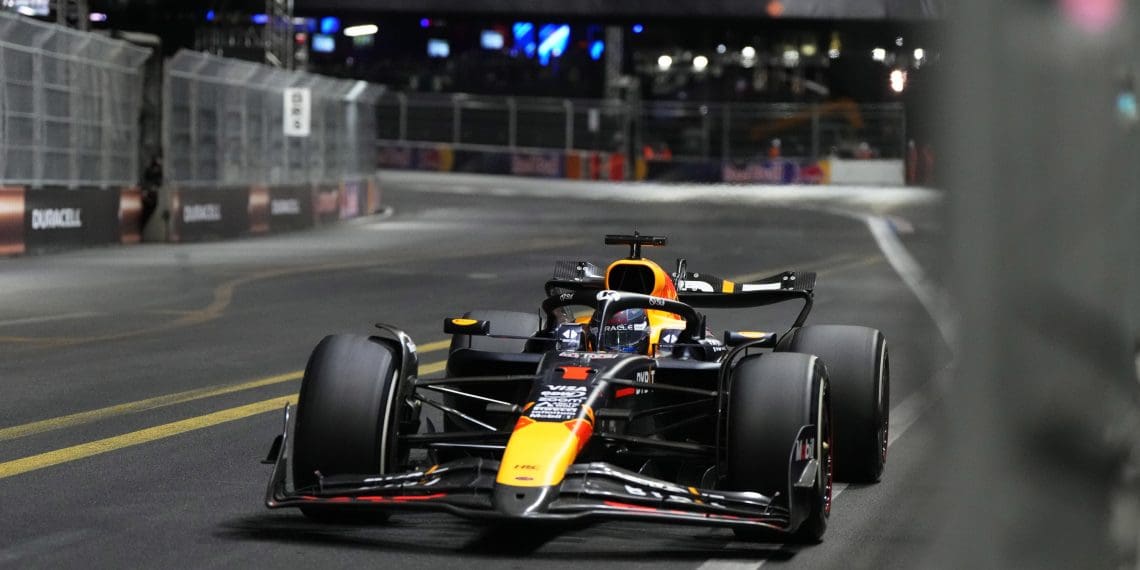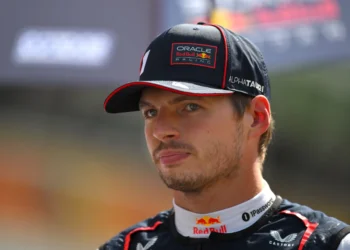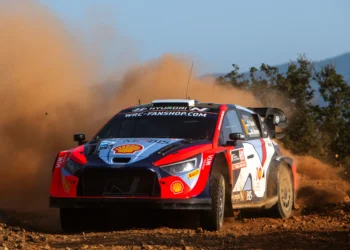Red Bull Racing is recalibrating its approach for the 2025 Formula 1 season, prioritizing a broader operating window for its RB21 chassis over chasing outright performance gains. After a tumultuous 2024 campaign that saw Max Verstappen secure his fourth consecutive drivers’ championship despite a sharp mid-season performance drop, the team has set its sights on consistency.
The challenge of a narrow operating window
The 2024 Red Bull started the season strong, with Verstappen winning seven of the first 10 races. However, a key upgrade introduced at Imola proved to be a double-edged sword. While it enhanced the car’s peak performance, it also made the RB20 highly sensitive to setup changes, creating a “narrow operating window” that hindered the car’s adaptability across varying circuits.
“When you got it into that window — the four straight laps in Austria, for example, that were all good enough for pole — it was very much in that window. If you stepped a millimeter either side of it, it became much more of a problematic car to drive,” team principal Christian Horner explained.
While Verstappen’s skill allowed him to navigate the car’s finicky behavior, teammate Sergio Perez struggled, ultimately losing his seat. The imbalance highlighted the need for a more forgiving car that performs consistently across all conditions.
A winter of reflection and adjustments
Red Bull’s engineering team has focused on addressing this issue during the off-season. Rather than adding raw pace, the goal has been to broaden the RB21’s operating window, ensuring it can perform consistently across different track layouts and conditions.
“The engineers have been very much focused on how you broaden that window,” Horner said. “Not necessarily adding ultimate performance but just broadening the window so that, across the different challenges and circuits that we visit, you’ve got a much wider operating window.”
Signs of progress in 2024’s final stretch
Despite the challenges, Red Bull’s late-season improvements offered a glimpse of hope. Verstappen clinched two wins in the final four races, including a dominant display in Brazil where he set 14 laps fast enough for the fastest lap.
“In some of the races, I think that we brought some performance to the car,” Horner noted. “Austin, we managed to get the Sprint pole and win the Sprint race… The turnaround in Qatar and the pole and the victory, again showing that, I think, we’re on the right trajectory.”
These late-season results suggest that Red Bull’s efforts to improve the car’s balance and consistency are bearing fruit, providing a solid foundation for 2025.
Looking ahead to 2025
The upcoming season poses fresh challenges, with competitors like McLaren and Ferrari making significant strides. However, Red Bull’s recalibrated focus on adaptability could prove critical in maintaining its edge.
“We’ve started to understand some of the issues with the car,” Horner concluded. “None of the competitors will be standing still, and you can’t take anything for granted.”
As Verstappen eyes a fifth title, Red Bull’s refined approach could be the key to sustained dominance—or the opening rivals need to close the gap.













